


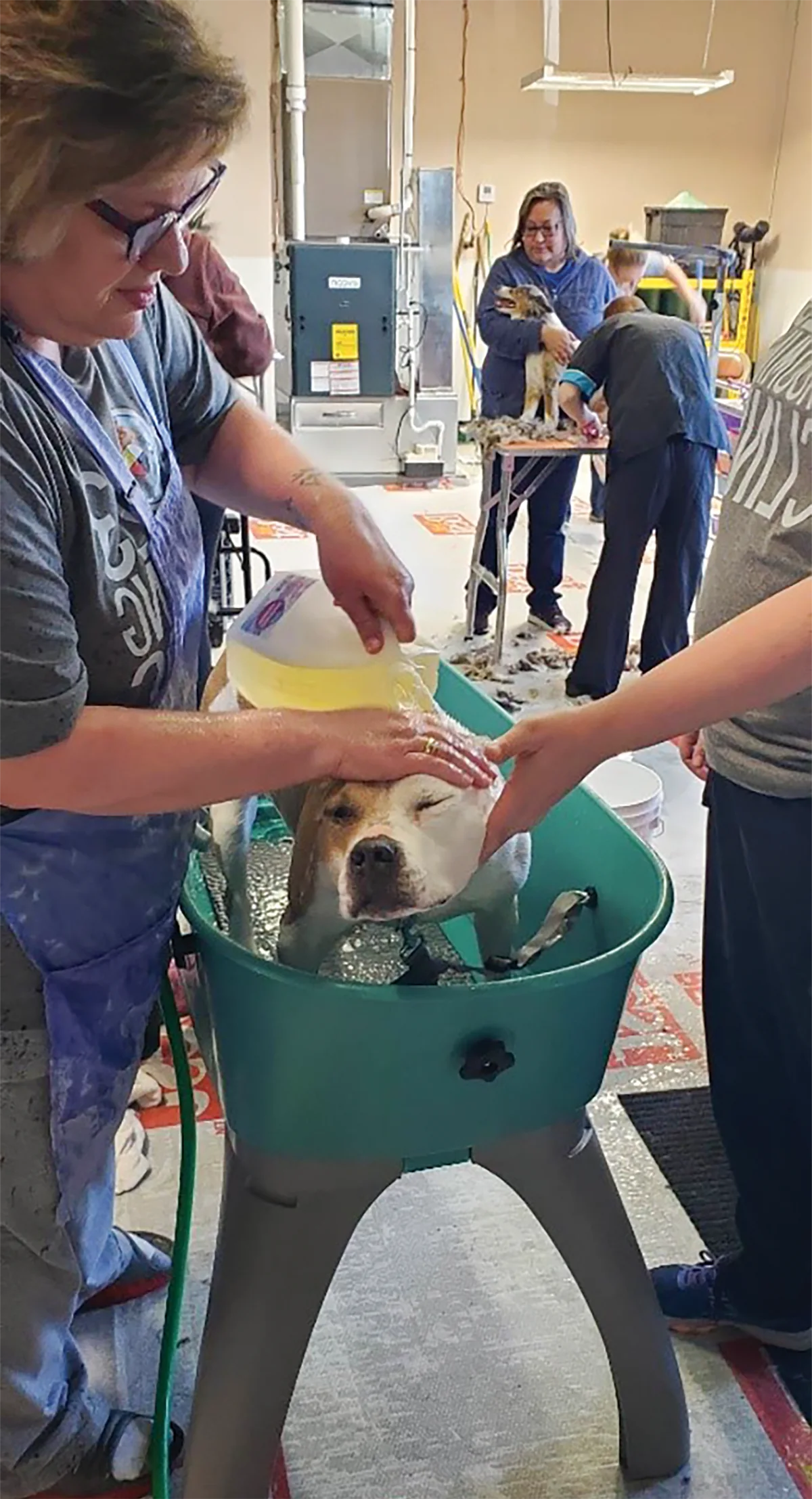
by Jennifer Bishop Jenkins
Photos of Rosebud’s Helping Animals Center provided by Tess Malloy
 was just over 10 years old the first time my Grandpa Wilbur Bishop took me to the Rosebud Reservation in South Dakota. Traveling to South Dakota also meant driving through the expansive tribal grasslands of the Rosebud Sioux Reservation that fills much of the state.
was just over 10 years old the first time my Grandpa Wilbur Bishop took me to the Rosebud Reservation in South Dakota. Traveling to South Dakota also meant driving through the expansive tribal grasslands of the Rosebud Sioux Reservation that fills much of the state.
The Rosebud Sioux Tribe, also known as the Sicangu Lakota Oyate, has over 33,000 enrolled members with only a third of them living on the reservation. The Sicangu Sioux were assigned to the reservation after the Plains Wars of the 1870’s when the United States confiscated the Sioux’s much more beautiful and valuable Black Hills land and split the people into smaller reservations. The reservation is 922,759 acres and includes 20 communities. It is a place of great history and a noble effort to preserve their beautiful culture, but it is also a place of great poverty.
The Helping Animals Center is run by Robbie Clairmont, son of Kathleen Woodenknife who founded the animal care clinic and was the first woman elected Chief of the Rosebud Sioux Tribe. Not only does the clinic offer low- and no-cost veterinary services to tribal members’ families in need, but they also help with training, grooming and education for the pet owners of their tribe.
South Dakota groomer Alexis DeJong worked with Tess Malloy and other South Dakota groomer friends for three days at the clinic in recent months. When asked what motivated her to volunteer her time in this way, Alexis said, “I was motivated to help because I’m a groomer and dogs have always been my life, especially underprivileged dogs. These families have these dogs that they love and respect, not only because they are part of their family, but also because dogs are spiritual and respected. But they can’t afford the basic veterinary care or the grooming care we all take for granted.
“It was the least I could do as a groomer to offer my services,” Alexis continued, “to give them the most basic of my skills, nail trims, and to teach them how to do it themselves if they wanted to learn. I helped with de-shedding impacted coats; whatever was needed.”

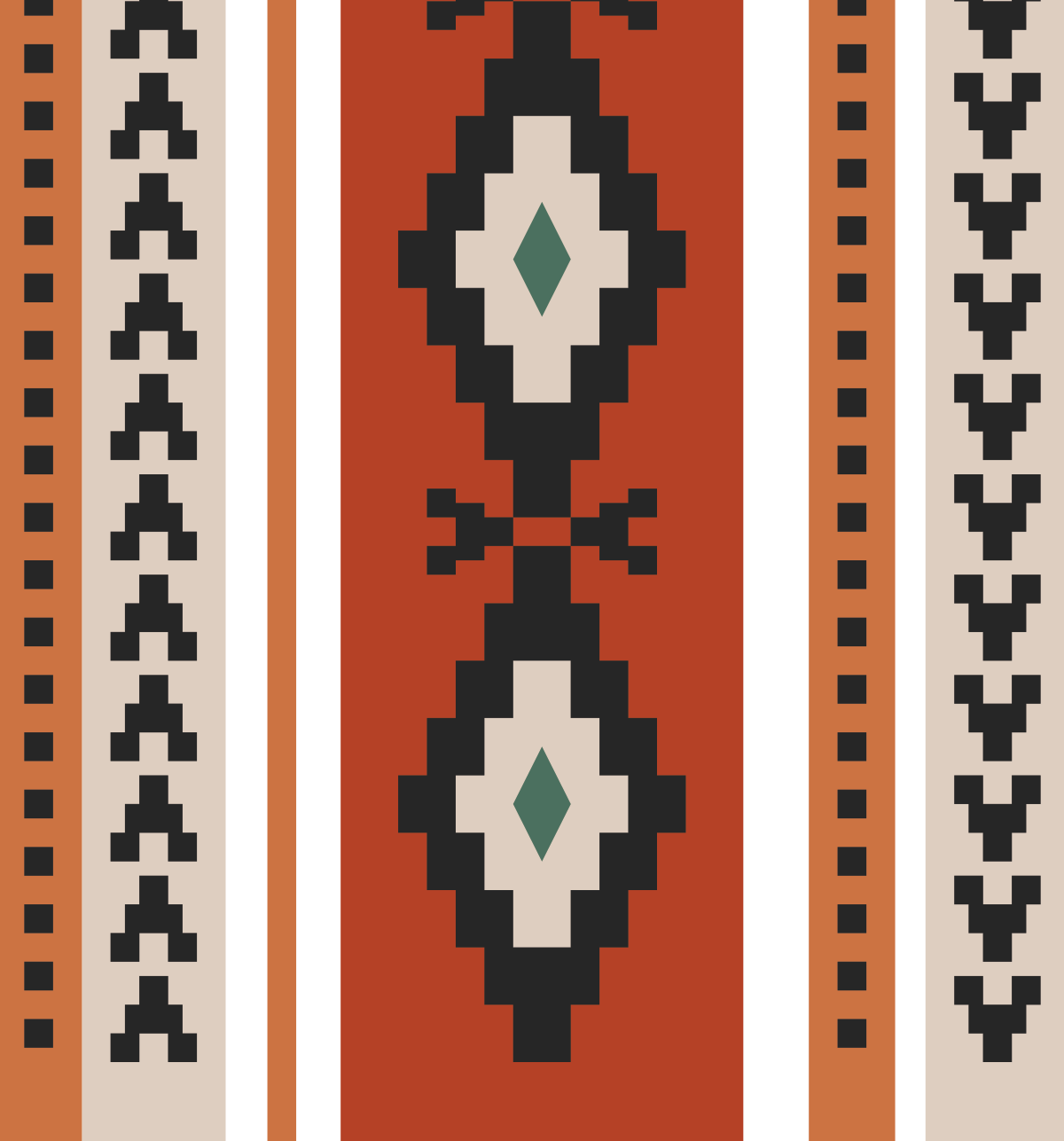
-Alexis DeJong
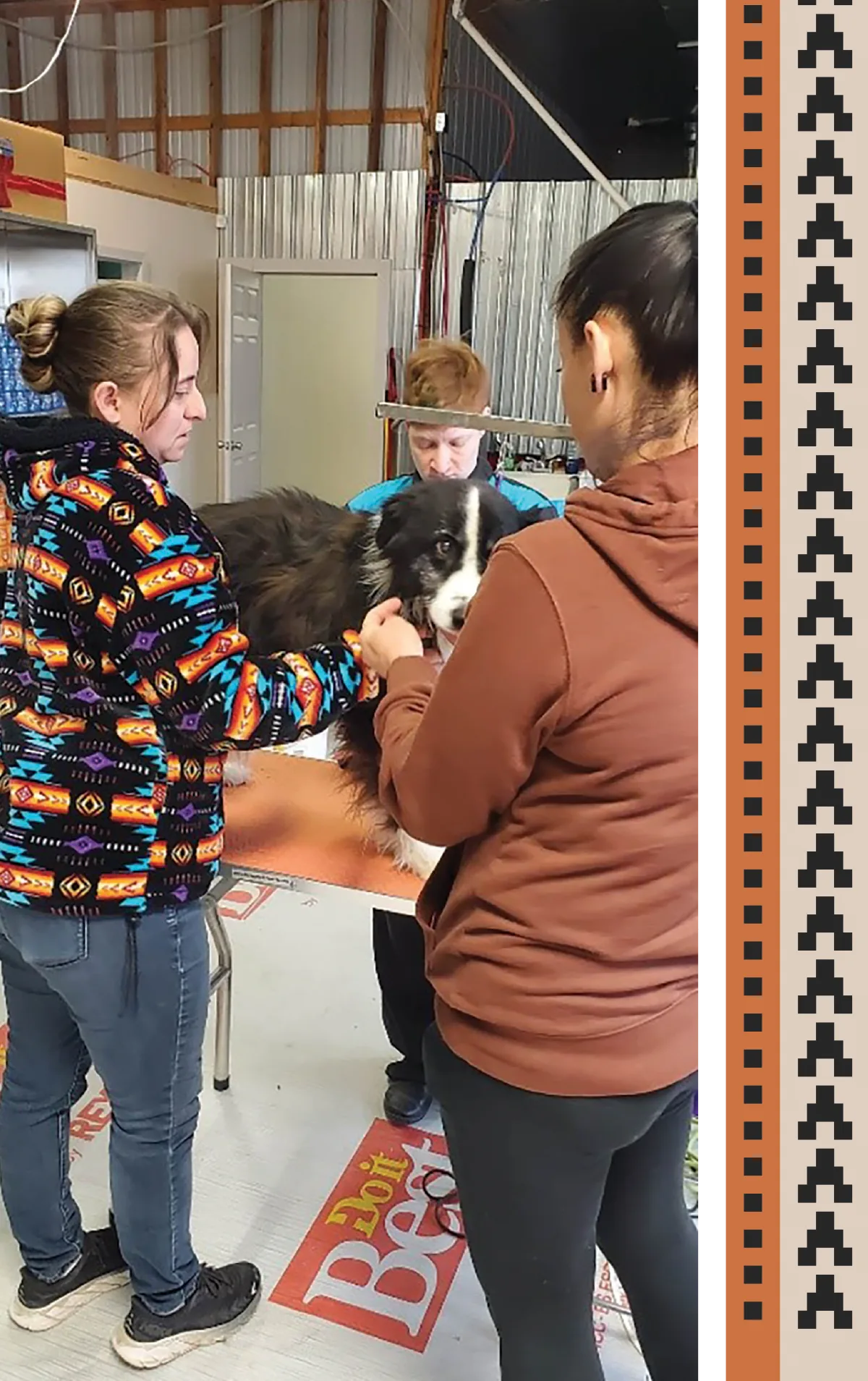
Alexis and Tess were part of a team of many South Dakota groomers who also solicited their clients, their friends and neighbors to help the Rosebud Reservation. The do-gooding groomer team also included Annie Baehler, Bradee Schuett, Haven Lee, Rogene Brown, Sara Hofer, Teagan Albright and Tiffany Kyte. Sioux Falls-area veterinarian Dr. Sara Hofer also volunteered her time at the clinic.
Aside from volunteering their time and skills for grooming, donations were collected for a few months prior to the clinic: “I was able to haul in a trailer FULL of various donations, ranging from medical needs to dog sweaters,” Alexis reported.
The groomers who volunteered at Rosebud’s Helping Animals Center continue to collect items for donations. If you wish to help, reach out to Alexis DeJong or Tess Malloy on Facebook to find out how you can send items or a monetary donation to help support their work.
One such example is the tragedy of groomer Candice Seals who lived in Paradise, California during the disastrous wildfires of 2018. Candice and her family lost everything, including a family member, their home, some pets, her grooming business and everything else they owned in a matter of a few minutes. But thanks to Teri DiMarino, Judy Breton and the wonderful California Professional Pet Groomers Association, help was mobilized immediately. Urgent relief and survival items were coordinated to be sent to displaced groomers and their families after that staggering tragedy.
Thanks to Teri’s superb organizing skills, I had been privileged to help Candice’s family with some most immediate needs like towels, dishes, crates, etc., as they were temporarily camping and living outdoors with only the clothes on their backs. Candice and her family are now re-settled and thriving in their new North Carolina home.
If you would like to find ways to help those in need, there surely are many great opportunities available. Hopefully your state has a state grooming association that may already be helping to identify such needs in your area. If your state does not have a grooming association, you can now get help in starting one with the debut of WAGA, the World Alliance of Grooming Associations. WAGA exists to help form professional groomer associations in order to protect our voices in matters that affect our industry.
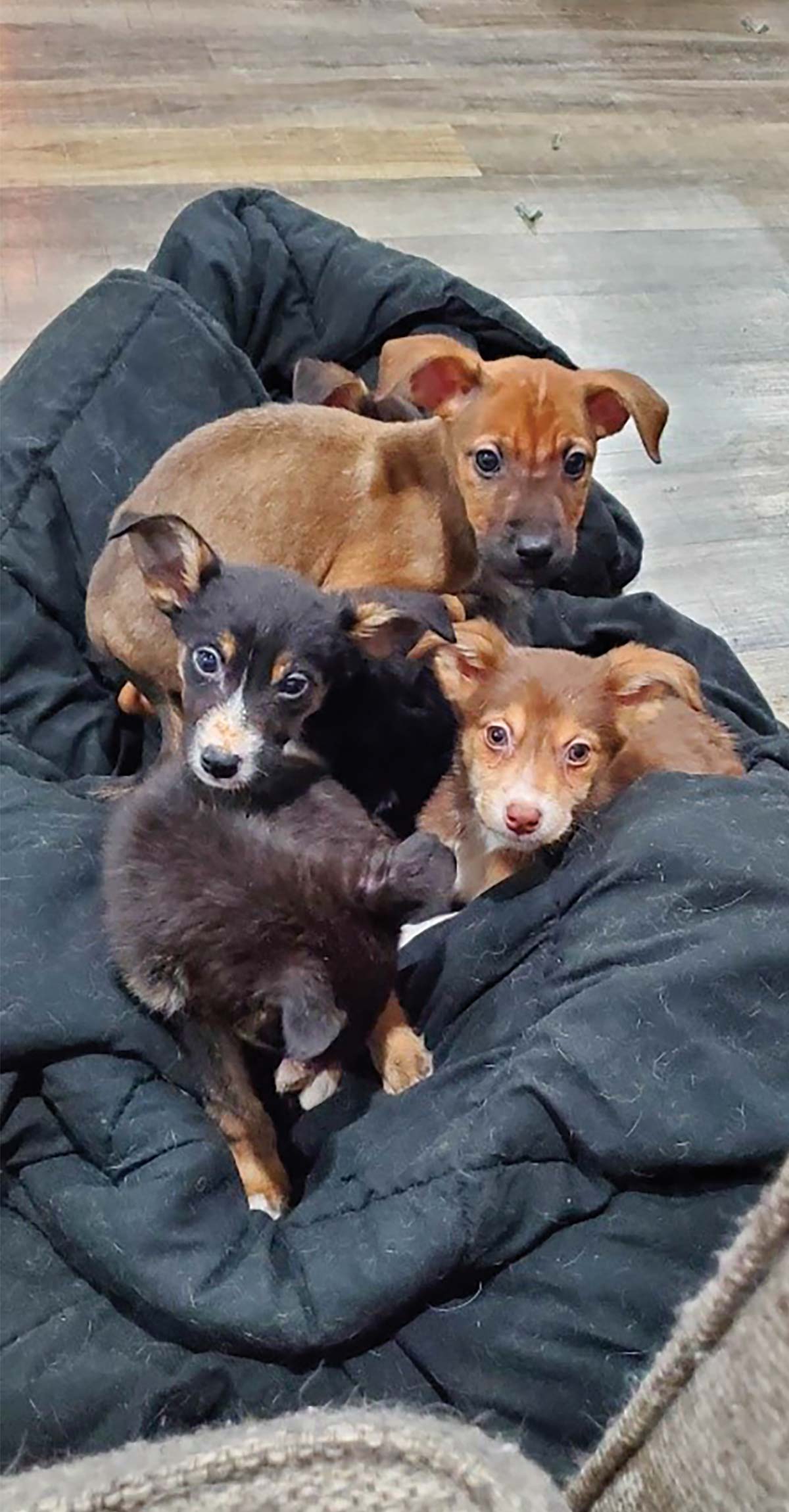
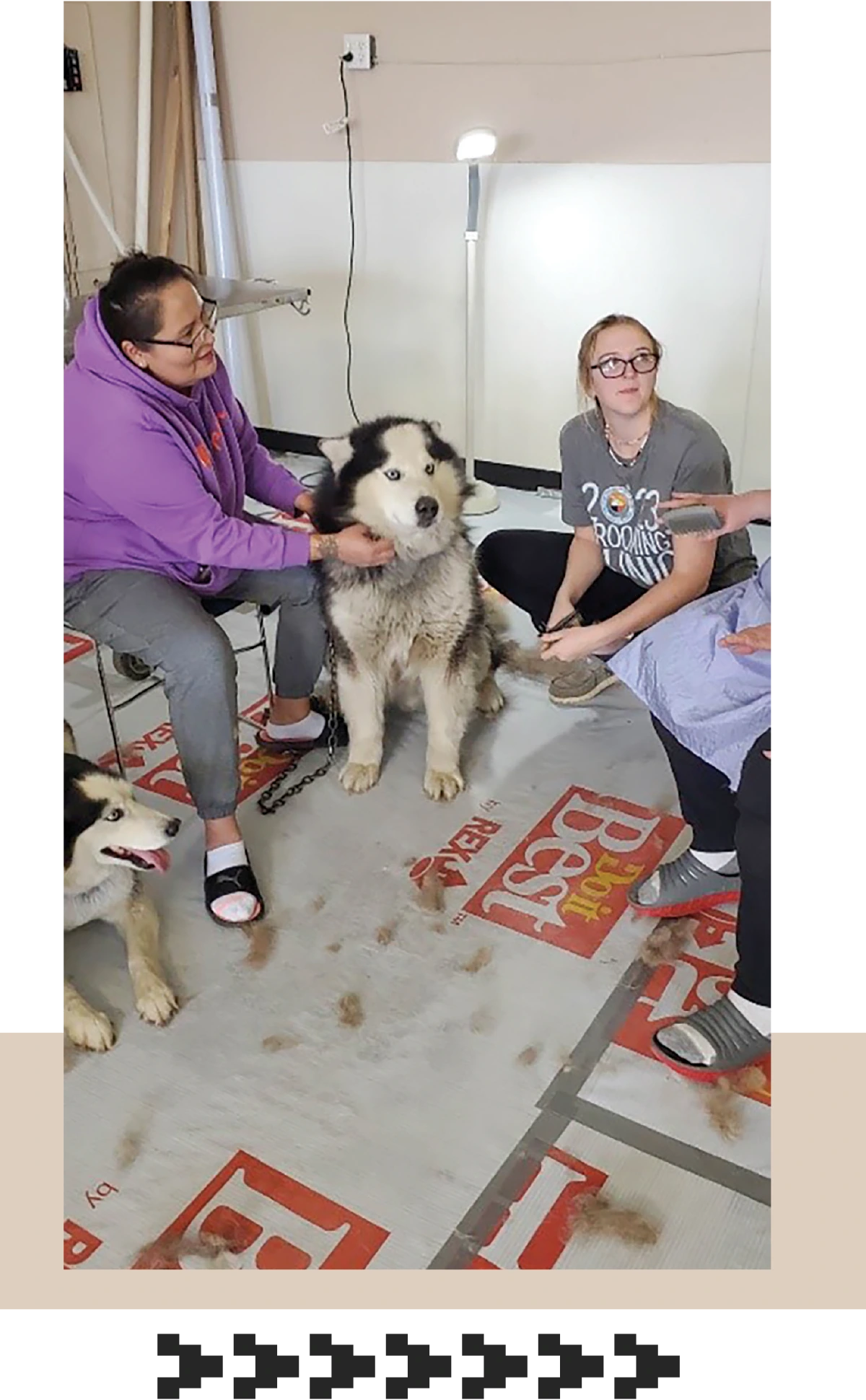
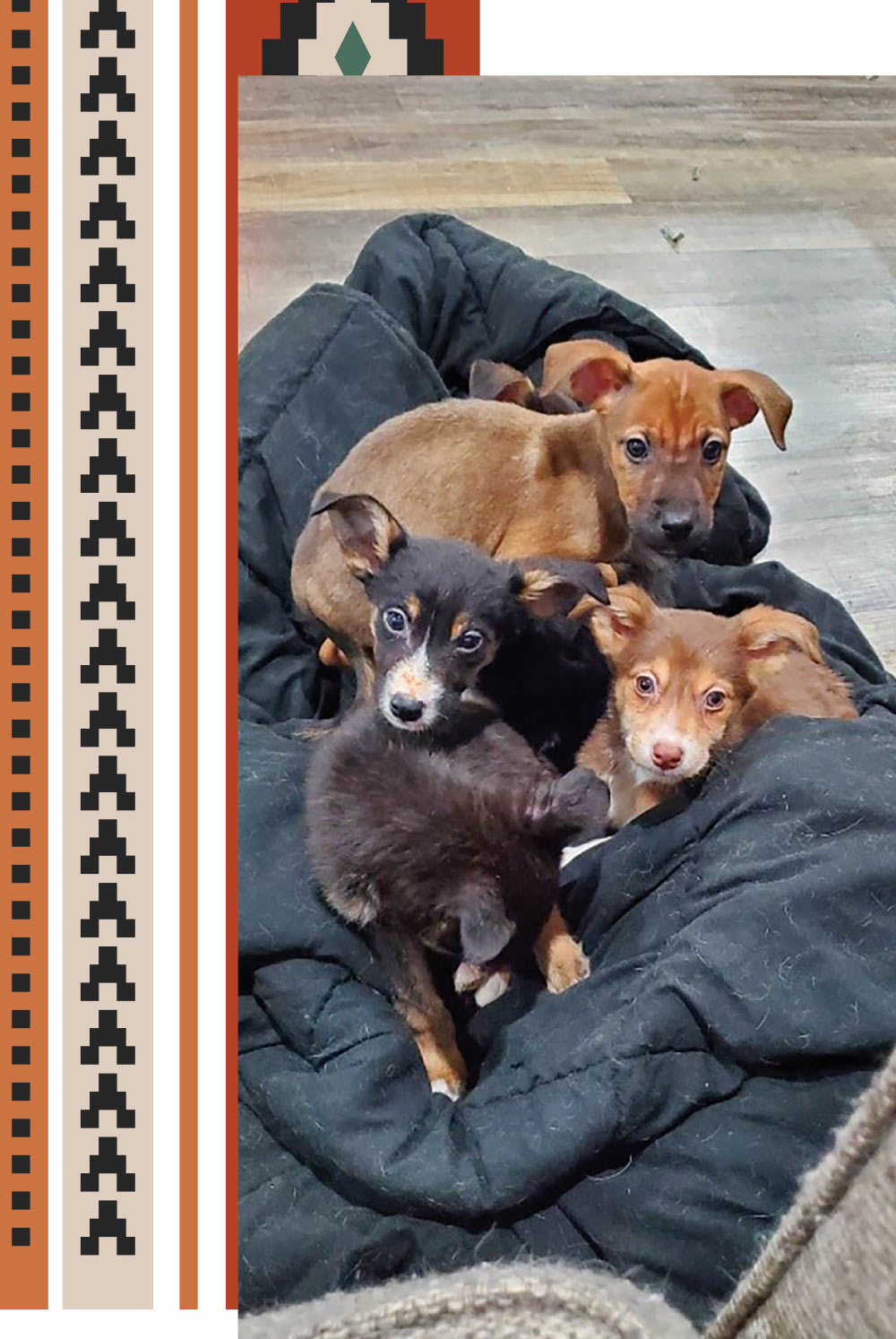
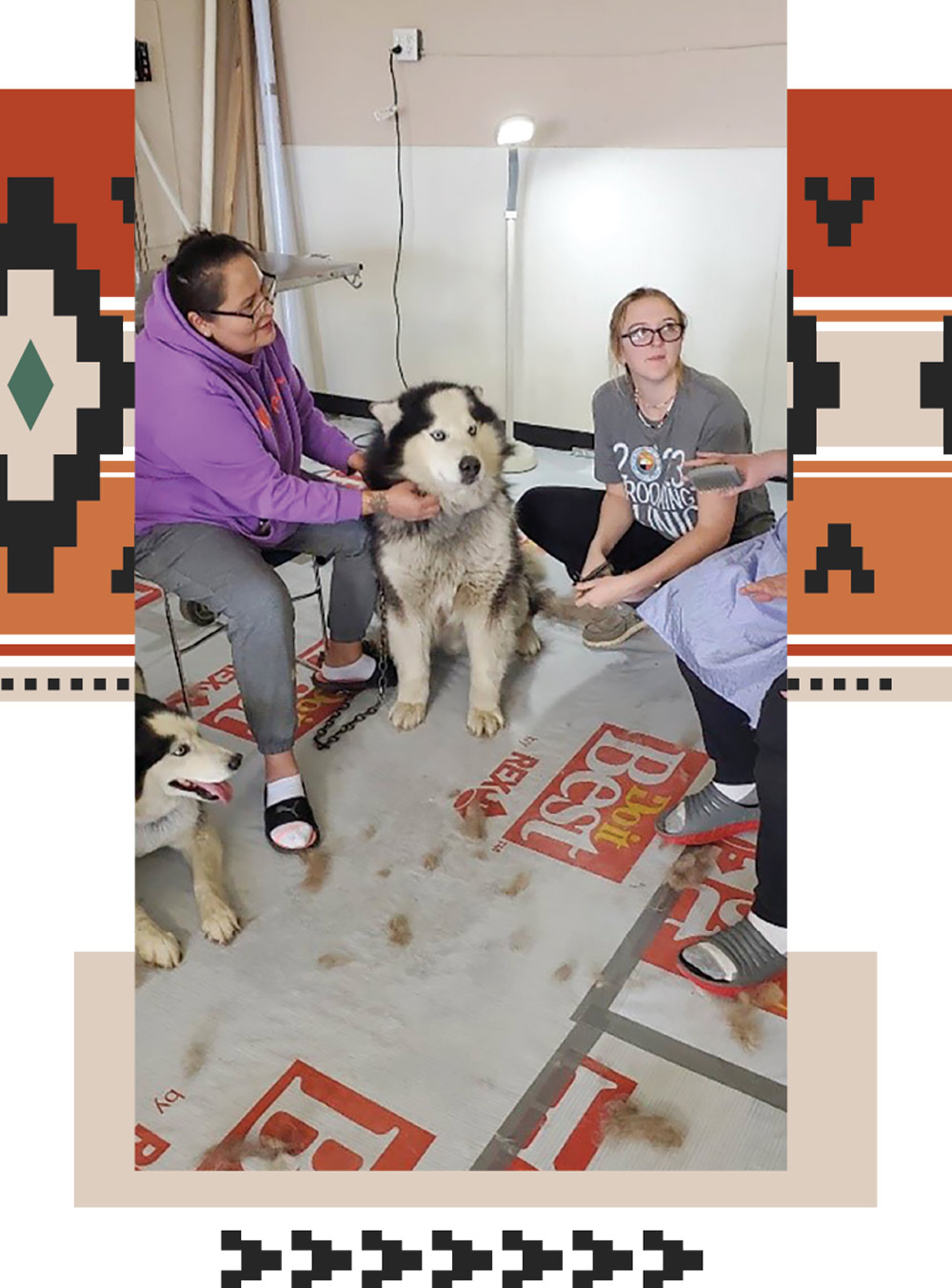
Another way to help, readily available to most groomers in many communities throughout the United States, is assisting domestic violence victims. More states and more shelters are working to create safe spaces for victims of domestic violence that allow victims to bring their pets with them.
I reached out to one such shelter in Arlington, Virginia called Doorways. In May 2009, Doorways became the first safe house in Virginia, and one of only nine in the country at that time to provide emergency shelter for survivors’ pets. Thankfully, more are opening now, as the importance of this expanded role of shelters has become apparent.
Linley Beckbridge, an employee at Doorways who provides services for survivors and their families, explained the importance of allowing the victims to bring their pets: “Often, people who perpetrate intimate partner violence will threaten or harm pets to maintain power and control over their partners. Victims may stay in abusive situations in an attempt to keep their animals safe. Providing emergency shelter for pets, along with survivors, is critical to the safety of both the animals and their people. No one should have to choose between their safety and their pets.
“The grooming industry can support their local shelters,” she continued, “most of which are nonprofit organizations, by donating their services—either directly for survivors’ pets or in the form of gift certificates for nonprofit auctions and other fundraisers—by doing third-party fundraisers to encourage their customers and community to give, and by raising awareness of local resources by posting flyers in their spaces. To support national efforts, check out the Purple Leash Project.”1
Whether helping out other groomers in need, an underprivileged community or victims of domestic violence, we can be proud to work in such a wonderful industry with so many capable fellow groomers dedicated to their communities and to those in need around us.
References:
- The Purple Leash Project. https://www.purina.com/purple-leash-project
